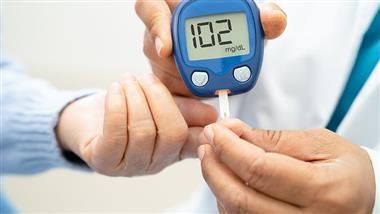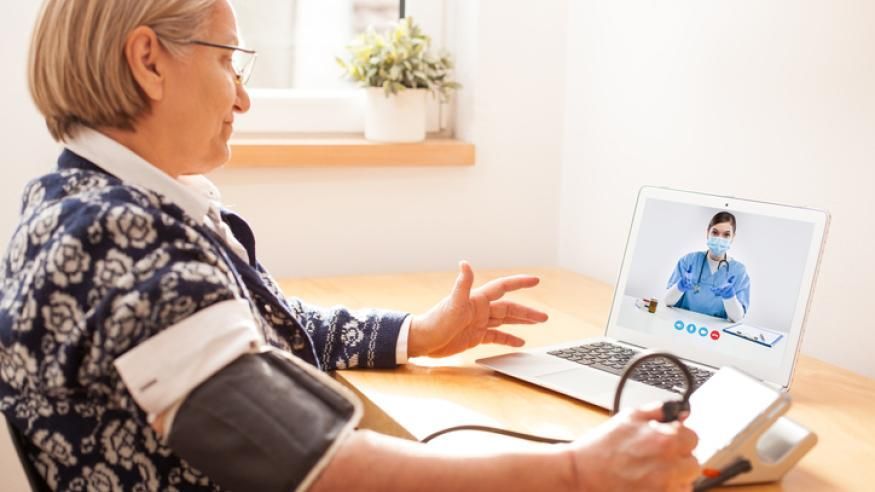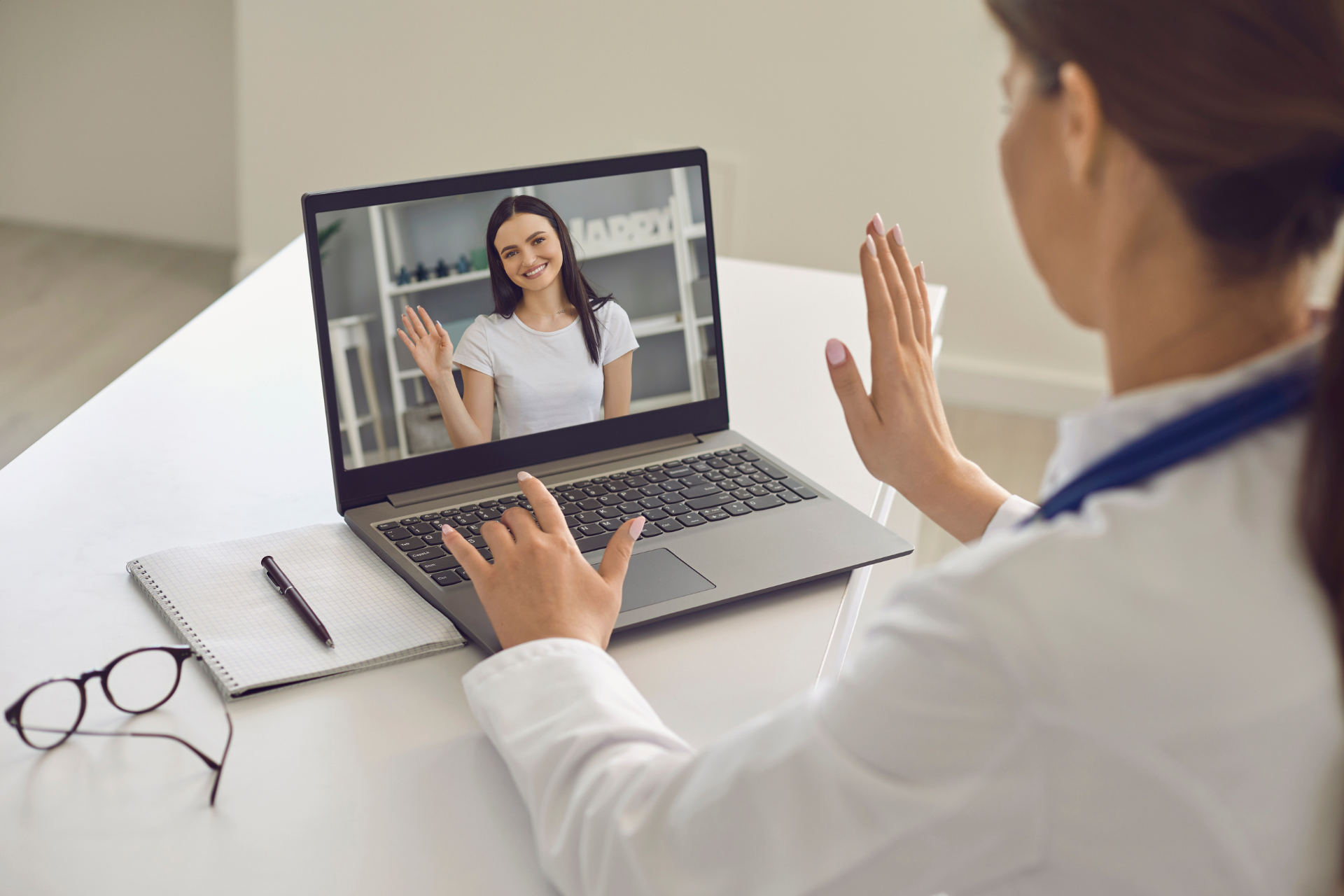Diabetes Fast Food Guide: What to Order at Taco Bell
Ever wondered how to survive the drive-thru with diabetes? In this series, a dietitian walks through the best things to order at top fast food chains. This week we see what’s happening outside the bun at Taco Bell.
Taco Bell is a beloved Mexican-inspired chain known for its bold flavors and creative menu offerings, from the Nachos BellGrande to the now-viral Crunchwrap Supreme. But to the dismay of glucometers everywhere, many of these menu items are centered around spiky carbs, which can make eating at the chain especially challenging for anyone with diabetes.
There are, however, certain menu items that are less impactful on blood sugar than others.
“Taco Bell is very customizable to your needs and health goals,” said Andrew Akhaphong, a registered dietitian at Mackenthun’s Fine Foods in St. Paul, Minnesota. He shared his top diabetes-friendly menu choices from Taco Bell.
A registered dietitian’s general tips for dining at Taco Bell
“Mexican cuisine is rich in carbohydrates, typically including beans, flour or corn tortillas, and rice,” Akhaphong said. While some of these carbohydrates contain beneficial nutrients and fiber, it’s also easy to go overboard on starch.
If possible, opt for the bowl
To avoid excessive carb intake at one meal, Akhaphong suggests skipping deep-fried or double taco shells, and choosing dishes served in bowls instead of tortillas (or asking for a tortilla’s ingredients in a bowl instead).
Go “fresco”
Overall, Akhaphong encourages incorporating protein-rich options, such as grilled chicken or steak, and avoiding supersized or combo meals.
One easy way to do this? “Consider ordering smaller-sized items or opting for the “Fresco” menu options,” he said. “If available, they feature lighter ingredients and are lower in calories.”
Taco Bell itself suggests this move as a quick way to slash calories and fat.
“Almost any menu item can be customized ‘Fresco style,’ which replaces items typically higher in calories in fat, like mayo-based sauces, cheeses, and reduced-fat sour cream with freshly prepared diced tomatoes,” Taco Bell explains on its blog. “With this quick customization tool, you can reduce calories and fat by up to 25%.”
Top diabetes-friendly Taco Bell menu items
In addition to suggesting a number of better food options, Akhaphong also reminded us to be mindful of portions, both for carbohydrates and overall; to look for fiber-rich options like beans and vegetables; to be wary of going crazy with too many toppings like sour cream and guac; and to be mindful of beverages with added sugars, such as regular (non-diet) sodas or sweetened fruit juice.
Steak Breakfast Quesadilla
If you find yourself at Taco Bell during breakfast, Akhaphong suggests the Steak Breakfast Quesadilla.
“Although the breakfast quesadillas are higher in fat, sodium, and calories compared to their other breakfast options, one serving provides approximately 28 grams of protein to help you feel fuller longer,” he said.
Steak Breakfast Quesadilla: 510 calories, 25g fat, 41g carbohydrate, 3g fiber, 4g sugar, 28g protein, 1310 mg sodium.
Cheesy Toasted Breakfast Burrito with Sausage
The same concept applies to the Cheesy Toasted Breakfast Burrito with Sausage. “Because protein digests slowly, it helps level out insulin response and reduces blood sugar spikes,” Akhaphong said.
Cheesy Toasted Breakfast Burrito with Sausage: 350 calories, 17g fat, 38g carbohydrate, 2g fiber, 3g sugar, 10g protein, 770 mg sodium
Cantina Chicken Bowl (customized)
Akhaphong’s standby meal when he wants to hit the Bell has been the veggie power bowl: “My go-to is the Taco Bell Power Bowl with black beans, light on the reduced-fat sour cream, and potatoes as an add-on,” he said. “This is packed with high-quality protein.”
Taco Bell recently replaced the Power Menu Bowl Veggie with a Cantina Chicken Bowl – an upgraded version that also includes slow-roasted chicken, pico de gallo, and red cabbage, and an optional side of avocado verde salsa – but as with the previous iteration, the bowl is entirely customizable so ingredients like chicken, guacamole, or rice can be omitted to keep things vegetarian, lower fat, or lower in carbs. Taco Bell also has a nutrition calculator that allows you to see the nutritional information for any customized orders.
Cantina Chicken Bowl (standard): 490 calories, 24g fat, 44g carbohydrates, 11g fiber, 3g sugar, 25g protein, 1150 mg sodium
Customized Cantina Chicken Bowl (heavy on the black beans, without chicken or any salsas, and light on the reduced-fat sour cream): 380 calories, 16 fat, 47g carbohydrates, 12g fiber, 4g sugar, 12g protein, 850 mg sodium
Black Beans and Rice
“Most Americans do not meet their daily fiber recommendations; women should aim for at least 28 grams of fiber per day, while men should aim for 34 grams per day,” Akhaphong said. “Fiber not only helps reduce heart disease risk but also helps keep blood sugar within range.”
He added: “What better combination is there for a complete plant-forward protein source than the pairing of black beans and rice?”
Black Beans & Rice: 160 calories, 5g fat, 25g carbohydrates, 4g fiber, <1 sugar, 4g protein, 370 mg sodium
Guacamole
If you prefer guacamole to sour cream, your order is already off to a great start, as the avocado-based topping contains healthier monounsaturated fat rather than saturated fat and cholesterol, Akhaphong said.
Guacamole: 130 calories, 11g fat, 7g carbohydrate, 3g fiber, 0g sugar, 1g protein, 300 mg sodium
Reduced-Fat Sour Cream
If you love sour cream on your Taco Bell order like Akhaphong does, enjoy it in moderation by asking for the topping “easy” rather than “regular” or “extra.”
Akhaphong does advise being cautious with condiments and dressings that can add extra carbohydrates and fat to your meal; choose salsa, pico de gallo (a chunky mix of tomatoes, onion, and jalapeños), or hot sauce instead of creamy or sweet dressings.
Reduced-Fat Sour Cream: 45 calories, 3g fat, 4g carbohydrate, 0g fiber, 1g sugar, 0.5g protein, 45 mg sodium
Cinnabon Delights
If a sweet ending is a non-negotiable, Akhaphong recommends the Cinnabon Delights as the best choice – as long as you practice portion control and don’t go overboard on too many. Stick to just one or two to best manage carbohydrate and caloric intake.
Cinnabon Delights (each): 80 calories, 4.5g fat, 8.5g carbohydrates, 0g fiber, 5g sugar, 1g protein, 40 mg sodium
Healthy Bites
















